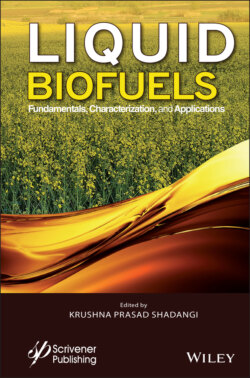Читать книгу Liquid Biofuels - Группа авторов - Страница 16
1.2.2 Hemicellulose
ОглавлениеHemicelluloses are the most important component of lignocellulosic substances after cellulose. Hemicelluloses are formed by bounding simple sugars in different ways and found in plants at a rate of approximately 20-30%. Their polymeric structure is quite open (amorphous) and irregular (branching) compared to cellulose, and they are more sensitive to reactions than cellulose, which is arranged in the form of flat chains. Hemicellulose can be dissolved and swollen in water due to its amorphous structure [17].
Hemicellulose includes ether-bound pentoses, hexoses, sugar acids and ester-bound acetyl and feruloyl groups. It is a heterogeneous polymer consisting of 5C pentose sugars (such as xylose arabinose) and 6C hexose sugars (such as mannose, glucose and galactose) and sugar acids. Hemicellulose does not have a crystalline structure and therefore has a lower degree of polymerization than cellulose (mostly about 200) [18]. Unlike cellulose, hemicellulose is not chemically homogeneous. Hemicelluloses in hardwoods contain large amounts of xylan, hemicelulloses in softwoods contain more glucomannan [19]. In most plants, xylanes are a type of heteropolisaccharide. These include 1.4 linked homopolymeric chains of β-D-xylopyranose units. Unlike xylose, xylanes contain arabinose, glucronic acid or 4-O-methyl ether of glycronic acid and acetic, ferulic and p-coumaric acid. Branching contents and frequencies depend on the xylan source [20]. The xylan spine (skeleton) contains O-acetyl, α-L-arabinofranosyl, α-1.2 bound glucronic or 4-0-methyl glucronic acid. Hence, xylanes can be categorized as linear homoxylanes, arabinoxylanes, glucuronoxylanes and gluronoarabinoxylanes [21].
